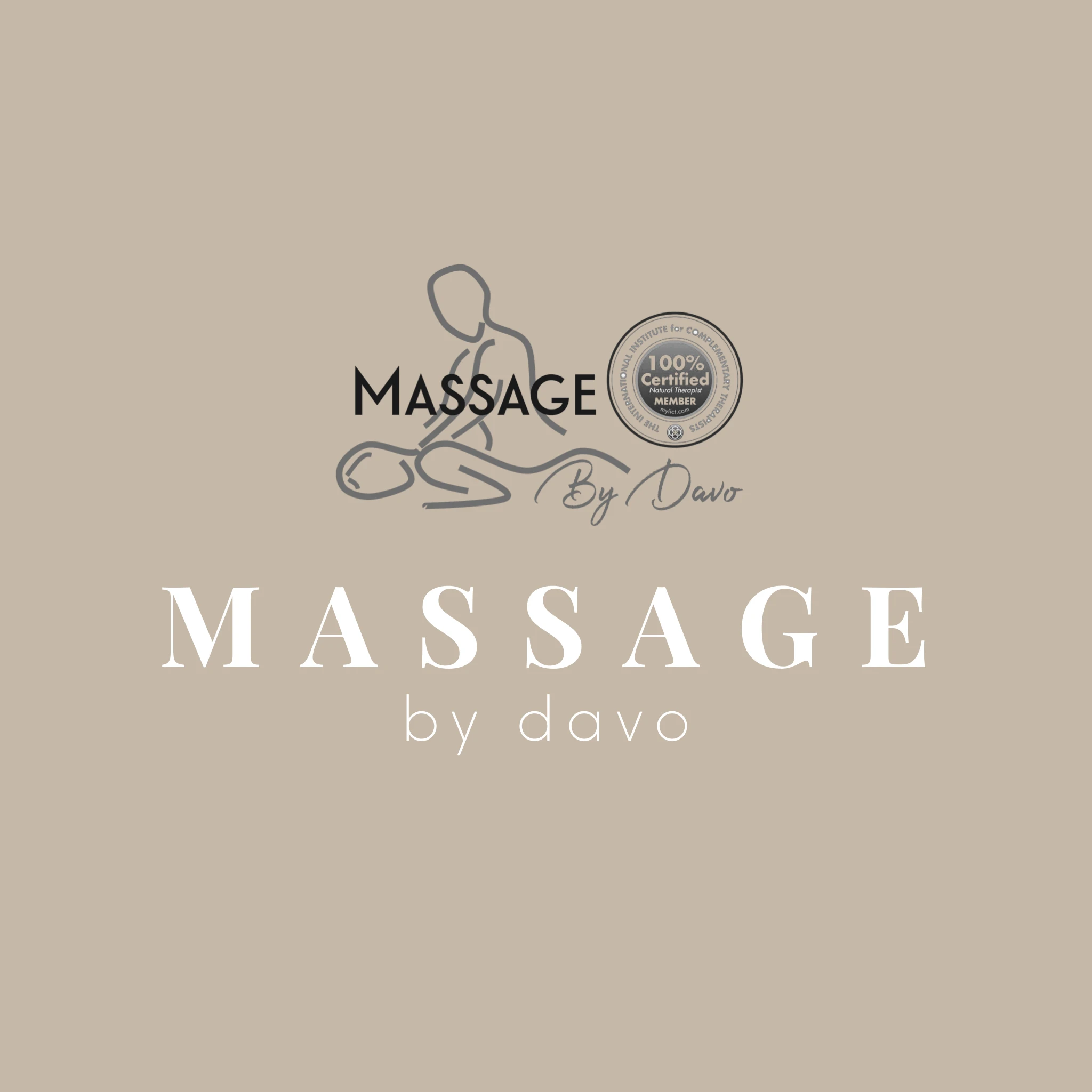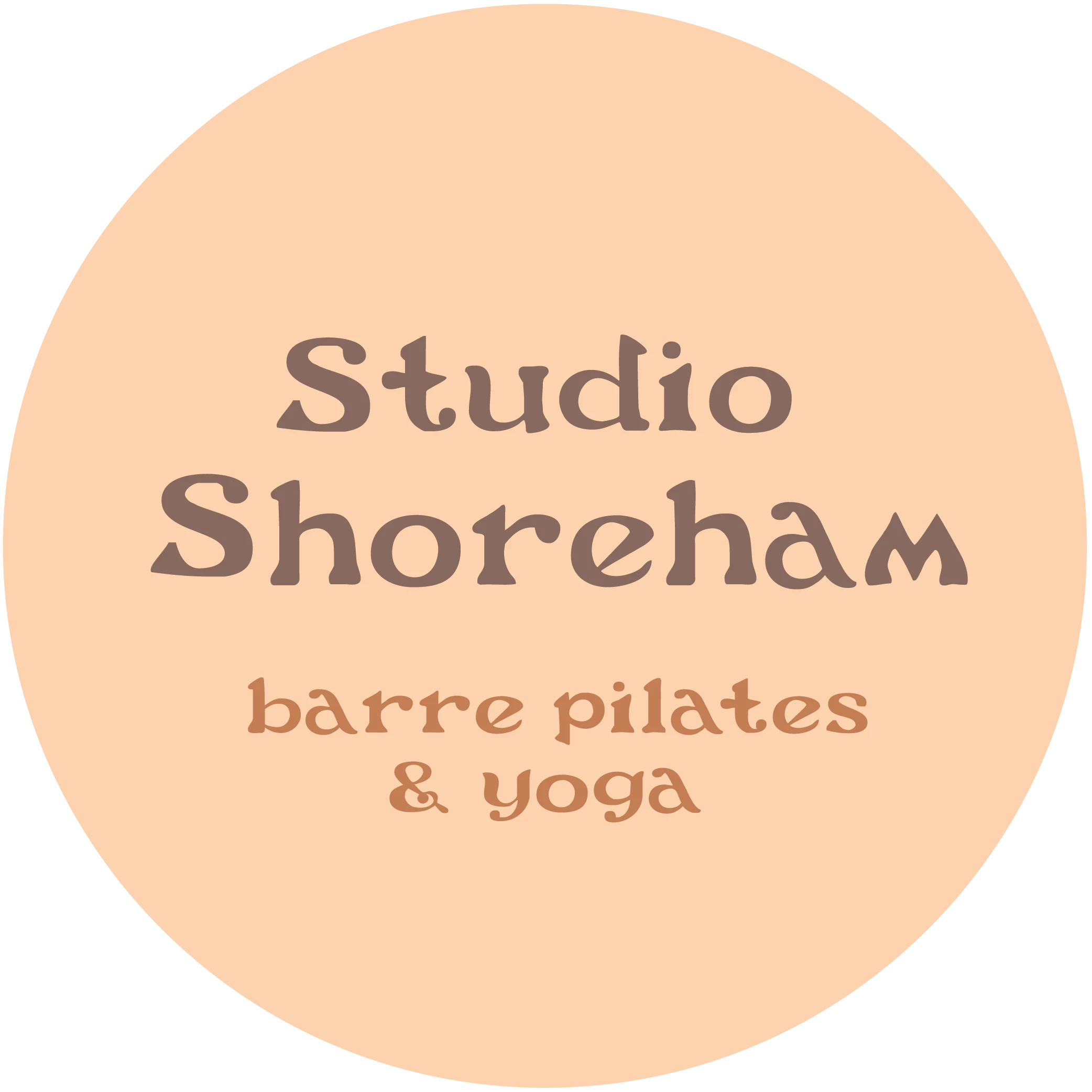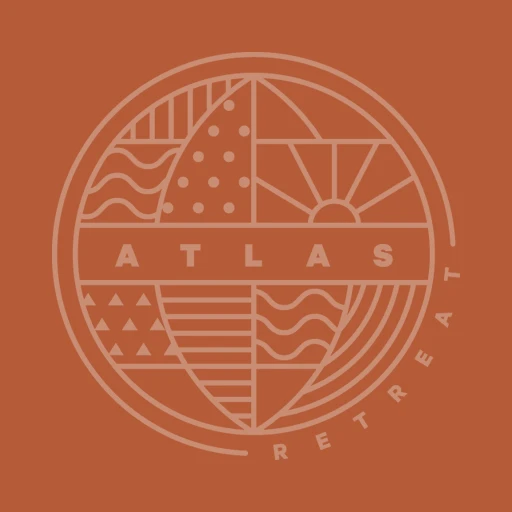
How yoga and mindfulness can help kids with Asthma
Inversions are a great way to shift excess mucus from the lungs and balance out the immune system; they’re also fun to do. Most age groups can practice Supported Shoulderstand or Legs Up The Wall. Both Downward-Facing Dog and Bridge pose are inversion too.
Read more
Why should you think about taking up traditional Taekwondo?
Engaging in regular physical activity like Taekwondo can be a great way to relieve stress.
Read more
3 tips to keeping fit and healthy for a lifetime
When it comes to our health we will often shop around for the best doctors, specialists and advisors. We will spend thousands of dollars on medication, doctor and specialist visits without a second thought when it comes to our health and well being... Yet when we are looking to invest in our own health and fitness (for those that do) many are looking for the cheapest options to get fit and healthy rather than the best fit for our needs. These three simple steps will help you keep fit and healthy for a lifetime (within your budget)!
Read more
A little gratitude goes a long way
We can help kids understand what gratitude is and how to express it authentically by modelling it ourselves. Cultivating gratitude takes time and effort. By starting gratitude practices at an early age we are providing the motivation and skills they need to lead a meaningful life.
Read moreWhy your hypnotherapist should be trained in counselling
Depending on the issue(s) that you’re coming to hypnotherapy for, there’s a good chance that you will need to also receive counselling support to address the full extent of the problem so that hypnotherapy can be as effective as possible. If this doesn’t happen, it’s unlikely that hypnotherapy alone will be able to successfully treat your problem(s) and in some cases, it can actually make things worse. This article discusses why.
Read more
The gift of pain
Pain really is our most honest voice. It is a gift designed to protect us from further pain and tell us that we have incredible value and need to be protected. Pain tells us what is not right and informs us about the things that are unsustainable and emotionally damaging that need changing. This article explains how you can listen to pain and use it to learn for the future.
Read more
Brain areas altered during hypnotic trances identified
Researchers at Stanford University found changes in three areas of the brain that occur when people are hypnotized. By scanning the brains of subjects while they were hypnotized, researchers could see the neural changes associated with hypnosis. This article looks at each of these three areas of the brain.
Read more
Controlling your thoughts through meditation
A Wellness Coach analyses the goal of meditation as a way to regain control over our mind in this article. It claims meditation allows us the freedom to choose a meditation that suits our individuality. There are meditations to suit all individuals including the over-thinkers, the yogi’s, the young at heart and those that find it difficult to sit still. Read more to find out how meditation can affect you and which may be best for you.
Read more
Hypnotherapy to deal with pain
We are all familiar with medication to deal with pain, however hypnosis is the most frequently cited form of non-pharmacologic cognitive pain control. Hypnosis is an altered state of consciousness. It is where one's attention is focused; this creates an environment in which the brain can process information to bring about beneficial changes in a person. This essay explores how hypnosis can be used for pain.
Read more
The Role of Massage in Sports Performance and Recovery
Massage isn’t just about relaxation (though that’s a fantastic perk!). For athletes, it’s all about maintaining peak performance and ensuring their bodies can handle the demands of their sport. Think of it as a secret weapon in their training arsenal. There are several types of massage that athletes typically turn to, including Remedial Massage, Sports Massage, and Deep Tissue Massage, each offering unique benefits.
Read more
How does laser tattoo removal work?
Let’s first understand how tattoos work. The tattoo pigment is placed in the Dermis. This is the deeper layers of the skin, and the ink particles cannot be absorbed by the body here. This makes the ink permanent. Tattoo laser removal works by directing the laser light onto the tattoo. The laser light is set at wavelengths depending on the ink colour. Black ink is the easiest to remove or fade. Reds, blues, and greens can take a little longer. The tattoo ink absorbs the laser light, and the ink particles are shattered into tiny little particles.
Read more
About kinesiology and what it does to your body
Kinesiology looks at the body as a whole - Mind, Body and Spirit, as one unit. If there is an imbalance in one area then it’s probably impacting the other areas. Kinesiology, through muscle monitoring allows us to determine where these imbalances are without the need for conscious awareness. This article explains why.
Read more
What's the difference between Restorative + Yin Yoga?
In a pose it’s encouraged to let go of muscular involvement to target the deeper connective tissues of the body such as fascia Some schools of Yin will teach Yin as a ‘cold’ practice, done without a warm-up as a way to protect students from going in to the held stretches too deeply In poses, you might be guided through mindfulness techniques to draw your awareness to letting your muscles relax, to target your ligaments, fascia and joints instead Yin might be considered a useful practice for building bone density
Read moreAnxiety and stress – what's the difference?
Hypnotherapists often meet clients who say ‘how scared and overwhelmed’ they are when they experience Anxiety & Stress. As part of client therapy, some hypnotherapists make time to explain and clarify what Anxiety & Stress is and how they are linked. It can be important to communicate the differences because this means, clients have an understanding and awareness of what is really happening. It takes away any ‘unknown and associated fears’. This article explores the difference between stress and anxiety, so you can get the best treatment.
Read more
Trail Running Tips
Your propensity for a sprained ankle or stumble is higher than road running, much higher and you’d better have strong glutes (Buttocks), there is more climbing as well. These are my tips for newbies and those who have been doing this for a short time.
Read more
Seven Reasons to Learn Taekwondo
Taekwondo is more than just a sport, it’s a discipline for success in life. The relationship between student and a master at Wylie Taekwondo is a sacred one, with benefits reach-ing far beyond the four walls of the dojo. Most students will report it can infiltrate every area of your life. Here we have listed 7 key life benefits of choosing practice taekwondo.
Read more
Triathlon Transition Tips
Every second counts. The poor mans practical transition tips for Triathlons. From swim to bike to run.
Read more
Buy a bike computer or use your smartphone?
Should you buy a bike computer or just use your smartphone to track your cycling activity? Some practical reasons you should take into consideration before deciding. Ultimately, we think bike computer is the way to go.
Read more
Travel Running Advice and Tips
Travelling for business or just a holiday? Running while you are away can be a great experience and extremely rewarding. See sites as you have never seen them before as well as stay fresh and avoid jet lag.
Read more
Confidence and Safety: The Benefits of Self-Defence Classes
Engaging in physical activity releases endorphins, those magical chemicals that make you feel happier and more relaxed. So, as you're perfecting your jabs and uppercuts, you're also giving your stress levels a healthy beatdown. Plus, knowing you have the tools to handle tricky situations can ease the anxiety that often accompanies the unknown.
Read more




























